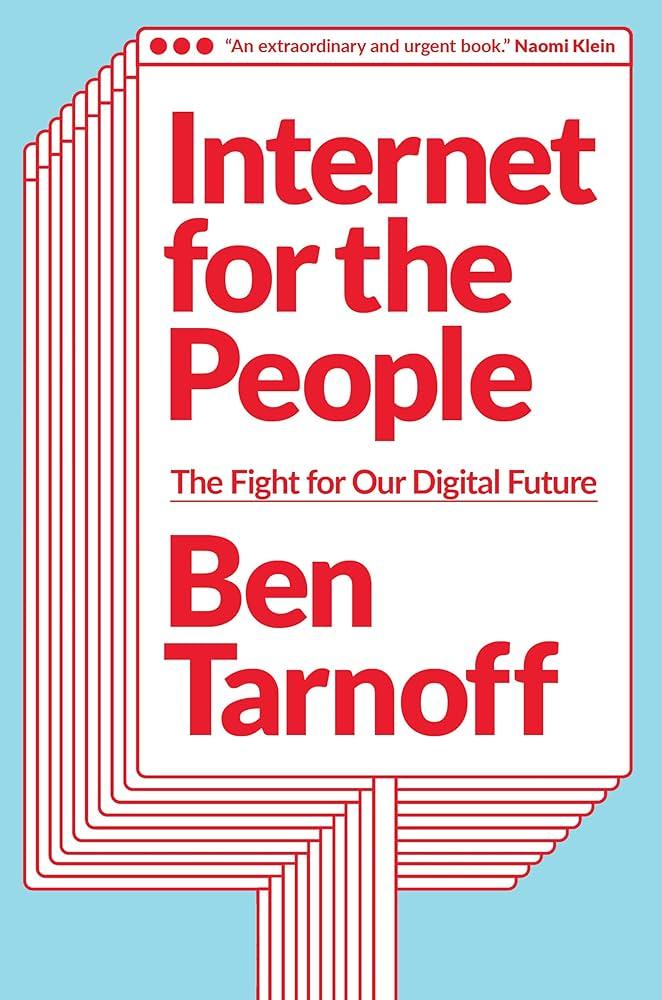Ebay was one of the first big internet companies. It became profitable early, grew into a giant of the dot-com era, survived the implosion of the dot-com bubble, and still ranks among the largest e-commerce firms in the world. But what makes eBay particularly interesting is how, in its earliest incarnation, it anticipated many of the key features that would later define the phenomenon commonly known as the “platform”. Ebay wasn’t just a place where collectors waged late-night bidding wars over rare Beanie Babies. In retrospect, it also turned out to be a critical hinge in the history of the internet. Omidyar’s site pioneered the basic elements that would later enable Google, Facebook and the other tech giants to unlock the profit potential of the internet by “platformising” it.
None of the metaphors we use to think about the internet are perfect, but “platform” is among the worst. The term originally had a specific technical meaning: it meant something that developers build applications on top of, such as an operating system. But the word has since come to refer to various kinds of software that run online, particularly those deployed by the largest tech firms. The scholar Tarleton Gillespie has argued that this shift in the use of the word “platform” is strategic. By calling their services “platforms”, companies such as Google can project an aura of openness and neutrality. They can present themselves as playing a supporting role, merely facilitating the interactions of others. Their control over the spaces of our digital life, and their active role in ordering such spaces, is obscured. “Platform” isn’t just imprecise. It’s designed to mystify rather than clarify.
A more useful metaphor for understanding the internet, one that has guided its architects from the beginning, is the stack. A stack is a set of layers piled on top of one another. Think of a house: you have the basement, the first floor, the second floor and so on, all the way up to the roof. The things that you do further up in a house often depend on systems located further down. If you take a shower, a water heater in the basement warms up the cold water being piped into your house and then pipes it up to your bathroom.
The internet also has a basement, and its basement also consists largely of pipes. These pipes carry data, and everything you do further up the stack depends on these pipes working properly. Towards the top of the stack is where the sites and apps live. This is where we experience the internet, through the pixels of our screens, in emails or tweets or streams. The best way to understand what happens on these sites and apps – on what tech companies call “platforms” – is to understand them as part of the broader story of the internet’s privatisation.
